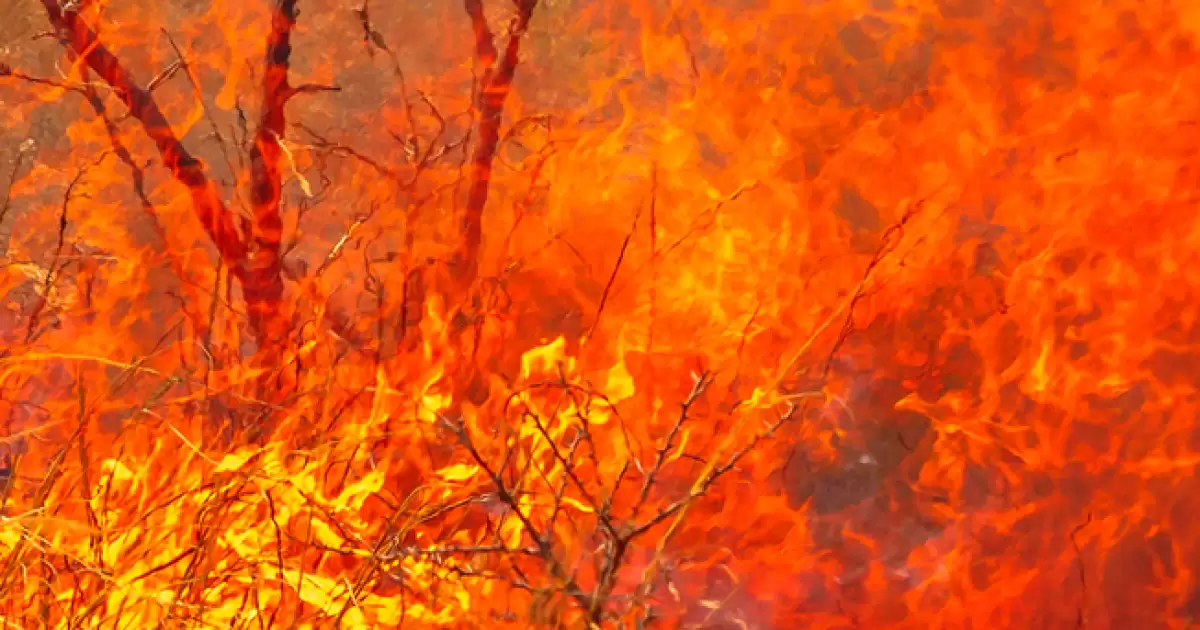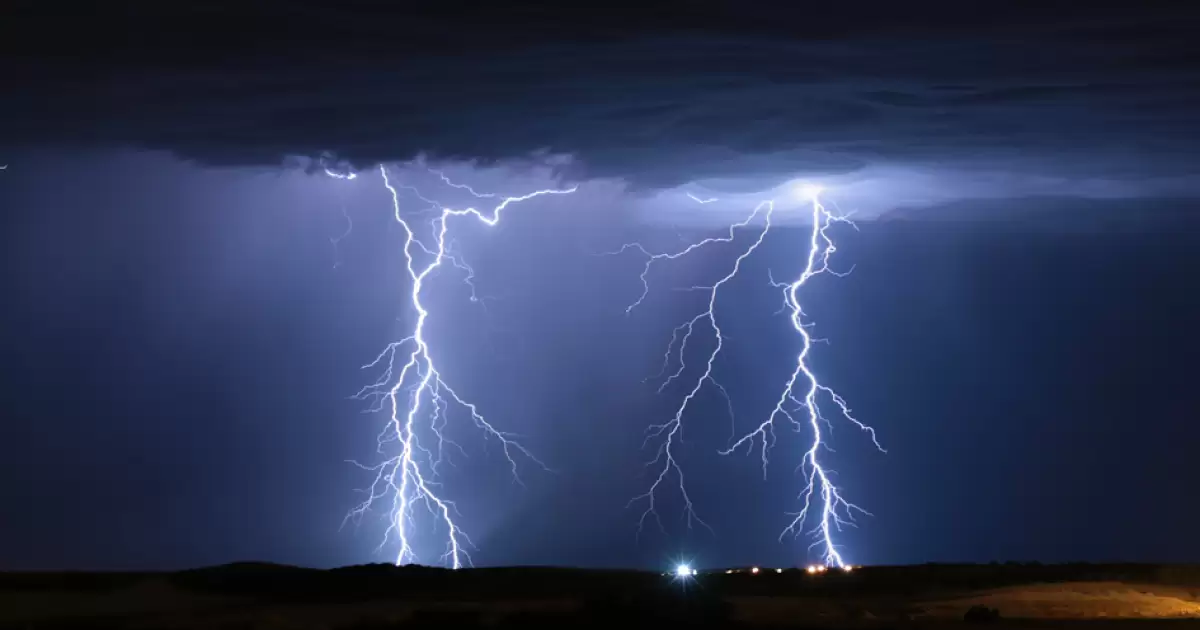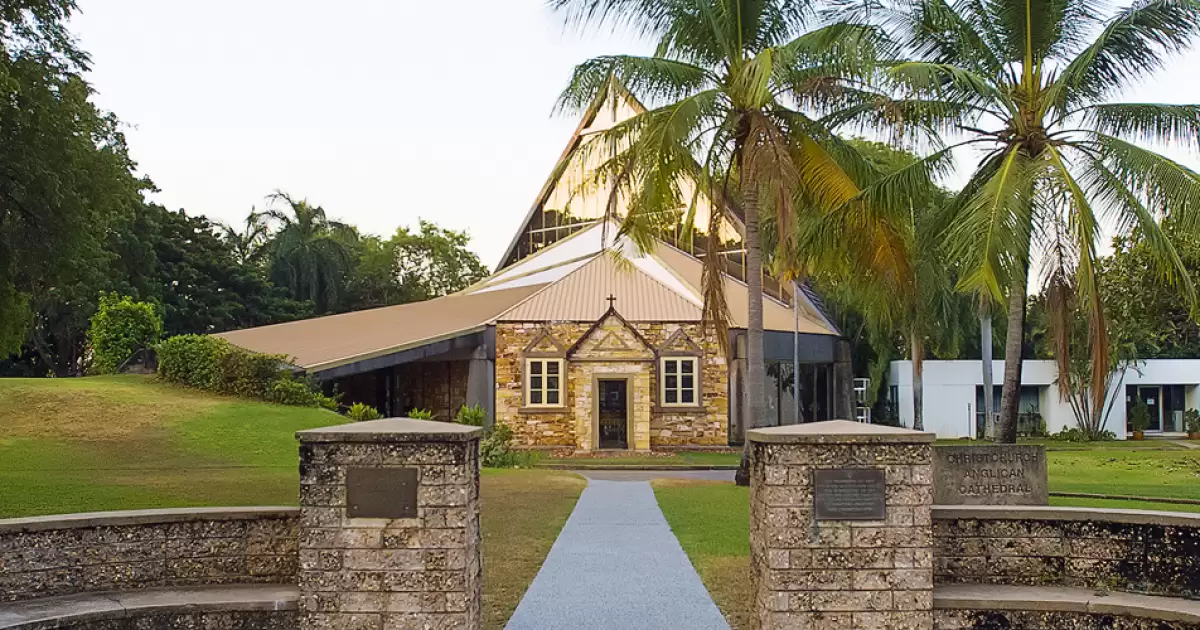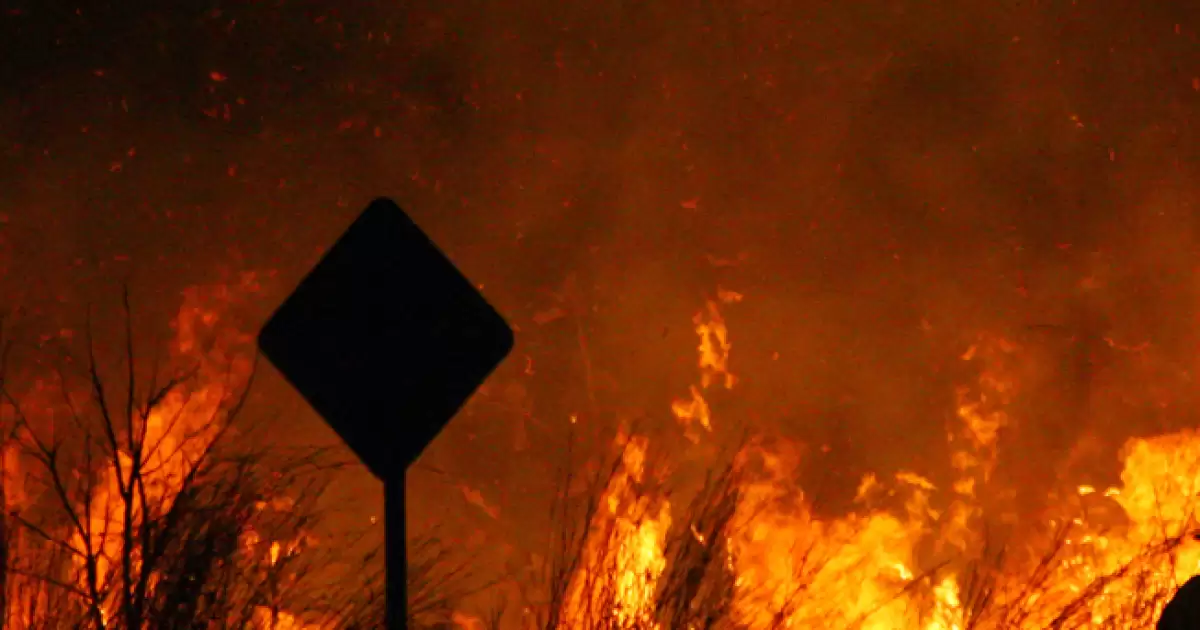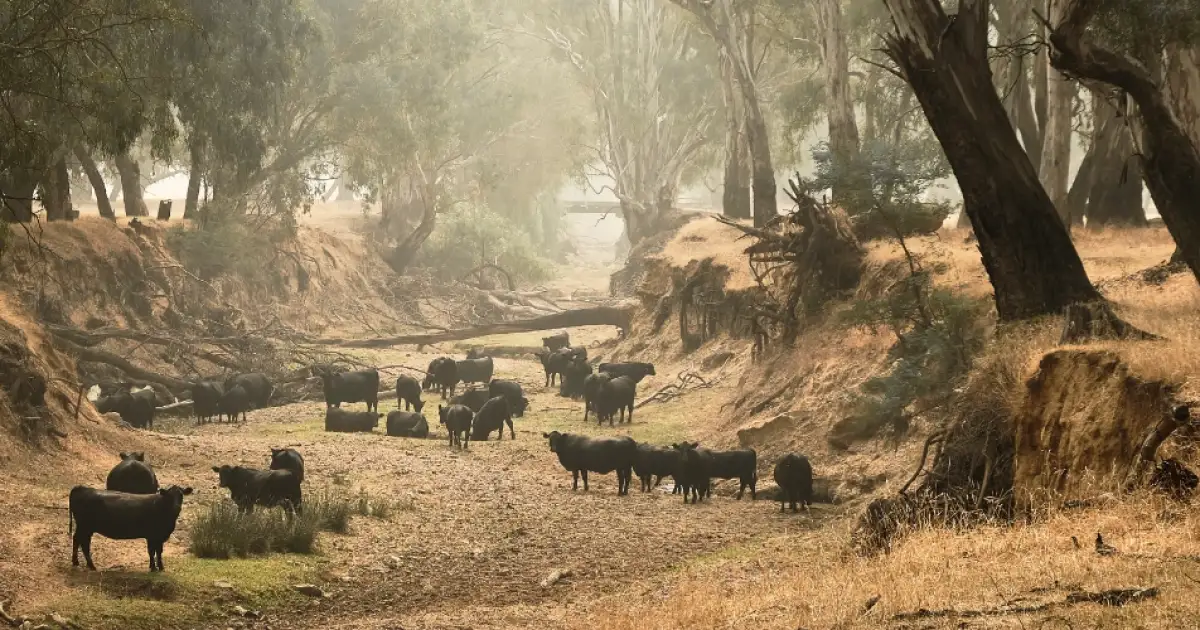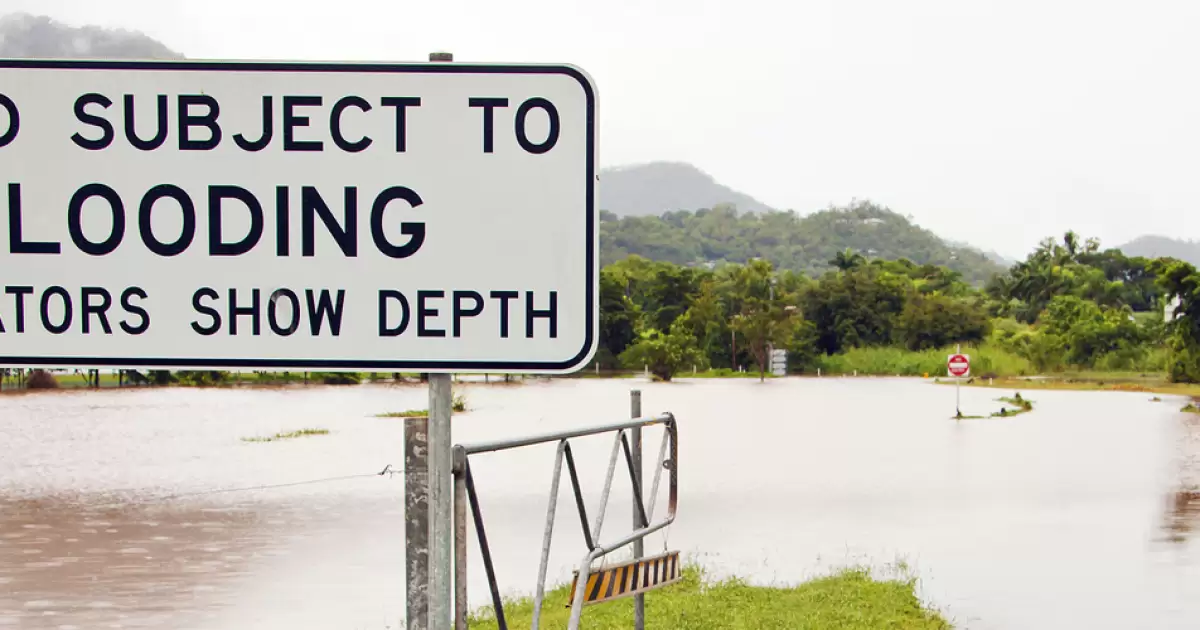Australia's Heatwaves Set New Records
Australia has always been a land of extremes, famous for its stunning deserts, vibrant coastlines, and unique wildlife. But over the years, the country has experienced a new reality—intensifying heatwaves that continue to challenge both locals and visitors. According to Australia’s Bureau of Meteorology (BOM), January 2025 was officially the hottest January on record. This milestone followed near-record-breaking summer seasons in 2023 and 2024.
The trends are unmissable. With global temperatures rising steadily, cities like Sydney and Adelaide saw daytime highs exceeding 45°C in January 2025, bringing heightened attention to Australia's climate crisis.
What the Scientists Are Saying
Climate experts from the Commonwealth Scientific and Industrial Research Organisation (CSIRO) and the BOM attribute these heatwaves to a combination of La Niña's eventual easing and ongoing human-induced climate change. Over the 2023-2025 period, the BOM predicted that Australia would witness more frequent scorching days and longer-duration heatwaves than previously recorded.
An expert with CSIRO, stated, "The intensity of these heatwaves aligns with what our models have projected under a warming climate. We’re also seeing an increase in nighttime temperatures, which means less relief during the evenings."
Eco-tourists, Prepare for Hotter Adventures
For eco-conscious travellers, Australia’s heat challenges are real, but that doesn't mean you should skip out on exploring its vast landscapes. Instead, it presents an opportunity to adapt your travel plans and engage in more sustainable practices.
Visitors to the Outback or sun-soaked beaches should plan for extreme days by bringing adequate water, wearing UPF-rated clothing, and prioritising shaded activities, especially between 11am and 3pm. Look out for eco-friendly tours that provide off-peak itineraries to reduce exposure and energy consumption during the hottest parts of the day.
Adventure in a Changing Climate
If you’re an adrenaline-seeker, Australia’s rugged beauty remains as enticing as ever, even under the sun's intense rays. But your safety should start with climate-conscious preparation:
- Visit coastal regions early or late in the day: Popular spots like Bondi Beach or Queensland’s Whitsundays are spectacular during sunrise or sunset.
- Explore heat-smart destinations: National Parks such as Tasmania’s Cradle Mountain offer cooler climates for trekkers.
- Stay hydrated: Always carry more water than you think you need to avoid dehydration.
By choosing sustainable practices, travellers can continue to enjoy Australia’s natural beauty without contributing to further environmental damage.
Community-Focused Tourism Initiatives
Many local communities across Australia are stepping up to combat climate change while welcoming eco-tourists. From Indigenous eco-tours in Kakadu National Park to solar-powered lodges in Western Australia, there are numerous opportunities for tourists to make a positive impact.
For instance, community-run projects like Clean Up Byron Bay encourage tourists to contribute actively by reducing waste and preserving local ecosystems. Meanwhile, initiatives such as The Melbourne Urban Forest Project provide opportunities to understand how cities are adapting through green spaces.
Small Changes Make a Big Difference
While Australia's heatwaves are a stark reminder of the realities of climate change, travellers can still explore responsibly. By taking small yet meaningful steps—like supporting sustainable businesses and timing your adventures mindfully—you can make your trip both enjoyable and eco-friendly.
For climate-conscious travellers, the growing sense of community, paired with an increasing focus on sustainability, offers hope. Countries thrive when visitors care, and with Australia’s unique landscapes, caring for its environment is key to preserving this incredible destination for future generations.


